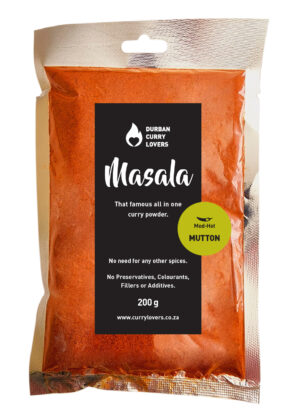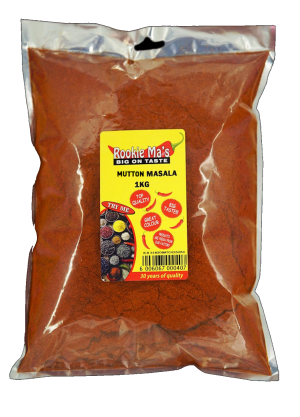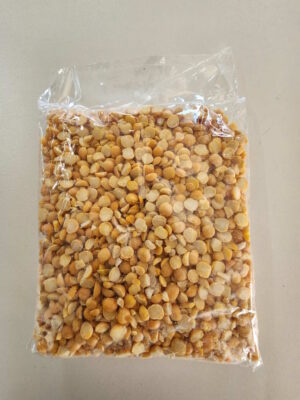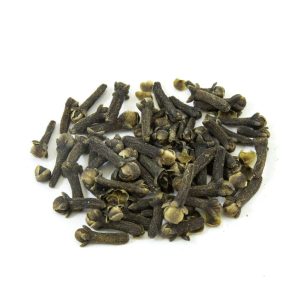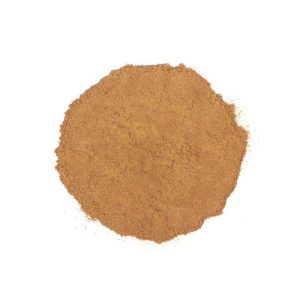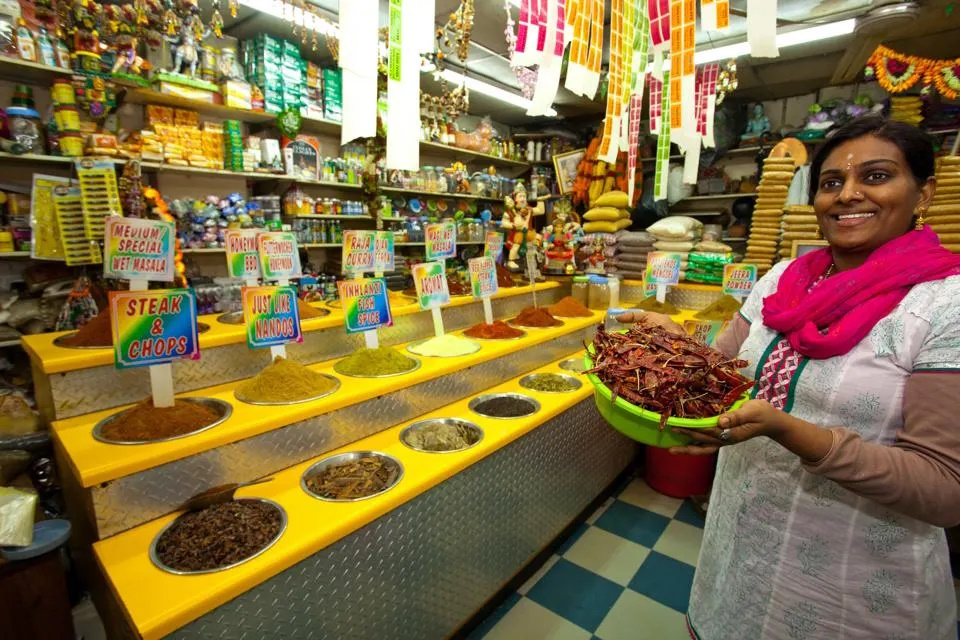
As one of South Africa’s most beloved dishes, Durban Curry continues to enchant food enthusiasts across the globe with its vibrant flavors and robust history. Despite its popularity, a few mysteries remain, sparking curiosity and searches about this culinary delight.
Let’s dive into the most searched questions surrounding Durban Curry, shedding light on its rich heritage and distinctive taste.
- What is Durban Curry?
Durban Curry is a celebrated South African dish steeped in tradition and history. It typically has a deep-red color indicative of the spice level and oil used, and often features large chunks of soft potatoes known as “gravy soakers“.
Originating from Durban, a city with a significant Indian population said to be the largest concentrations of Indians outside India, Durban Curry is the signature dish of this beautiful city. (see more)
- What is the origin of curry?
Curry, in its broadest sense, refers to a variety of dishes with sauce or gravy. The term ‘curry’ is a British creation, initially used during Indian colonization. It is an Anglicized version of the Tamil word for sauce, ‘kari’.
- What are the key ingredients in Durban Curry?
A Durban curry incorporates several key ingredients that impart its unique flavor profile. These include hot and spicy red chilli powder, to give its characteristic red color, masala and jam tomatoes and sweet spices like cinnamon, cardamom, or cloves. The use of curry leaves, either added whole or ground with other spices, is also a defining element.
- What is curry powder, and how is it different from curry paste?
Curry powder is a blend of spices that can vary greatly from culture to culture and even from kitchen to kitchen. It typically includes staple ingredients like cumin powder, turmeric, coriander powder, and red chili powder, but can also incorporate other spices like garlic, ginger, and mustard. Curry paste, on the other hand, is made with fresh ingredients or mixed with oil, thus differing from the dry blend of curry powder.
- Can Durban Curry be made with different types of meat?
Yes, Durban Curry can be made with different types of meat. For example, if you prefer beef, you can use the same ingredients and steps as in a Lamb Curry recipe with a simple substitution of the meat. If you’re cooking with chicken, it’s advisable to remove the skin to allow the flavors to penetrate the meat during marinating.
- Can Durban Curry be prepared ahead of time?
The big question. However, the general consensus amongst the Indian population is that while Durban Curry can be cooked a day before consumption, it is not recommended for all variations of the dish. For instance, preparing fish curry ahead of time may work well, but other versions are best eaten fresh.
Some people swear that the curry tastes better the next day, it all boils down to personal choice.
- Where can I find ingredients like tamarind for Durban Curry?
Ingredients for Durban Curry, such as tamarind, can often be found in markets or aisles that carry ingredients for Indian of Chinese food.
The enduring allure of Durban Curry lies in its perfect blend of rich history, cultural influences, and an array of flavors that dance on the palate.
From understanding its roots to discovering its key ingredients, these insights into Durban Curry illuminate its unique charm

